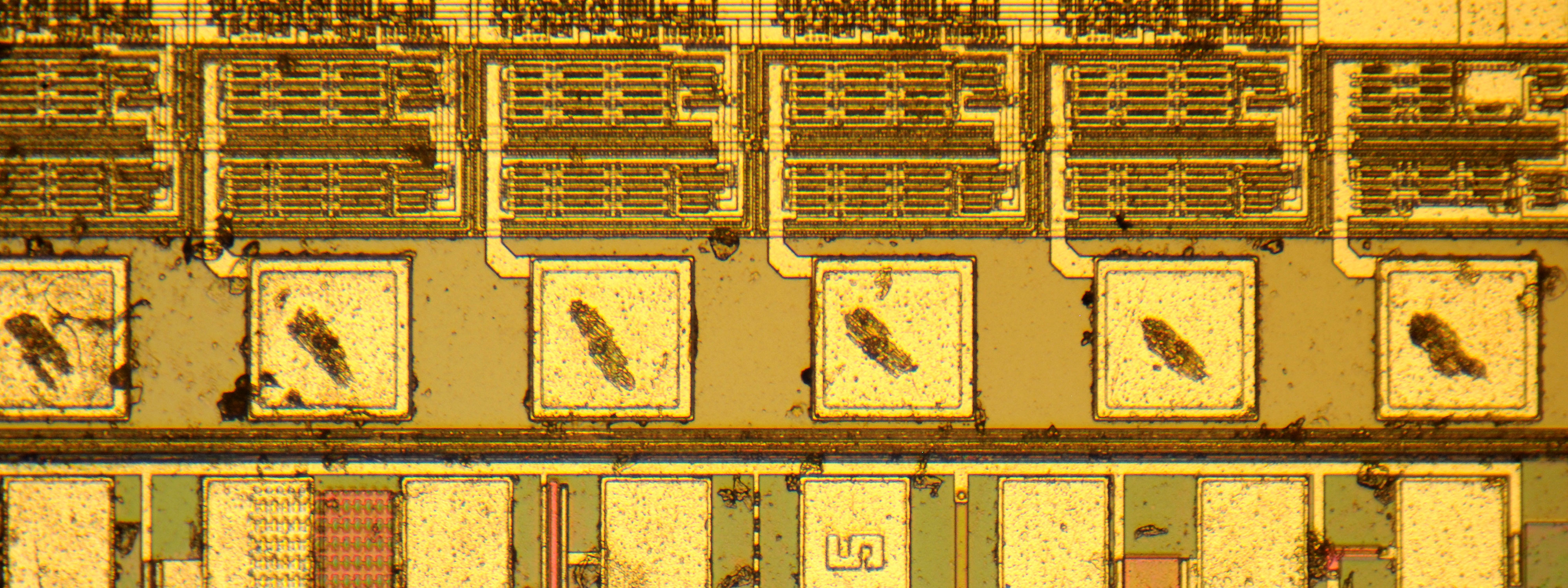
The primary reason for permitting competitors to merge is the potential to generate efficiencies. When two entities combine, they should be able to reduce redundancies in assets or staffing, and exploit each firm's superior internal processes, talent, products, and services. At the same time, the larger combined firm typically enjoys economies of scale that permit it to produce goods more cheaply and may be able to use its greater purchasing volume to obtain lower input costs. If executed properly, the merger should allow the new company to provide the same or a greater quantity of goods and services at lower prices, improved goods and services at no higher than existing prices, or an amalgamation of the two. At a minimum, the company should be able to increase profitability without negatively impacting the price, quantity, or quality of goods and services it sells.
Of course, the combined firm may instead use the loss of a competitor to raise prices unilaterally, or to coordinate with the remaining competitors to raise prices. In order to avoid these potential consequences, Section 7 of the Clayton Act prohibits mergers where "the effect of such acquisition may be substantially to lessen competition, or tend to create a monopoly."1 Yet far too many courts—and the competition agencies—focus only on possible harms from a merger, either minimizing real consideration of the efficiencies a merger may create, or imposing an asymmetric and higher evidentiary burden to proof of efficiencies than to proof of potential harms.
This is a serious error that likely has deprived consumers of lower costs and improved products by preventing procompetitive mergers. Rather than casting a skeptical eye on potential benefits from an acquisition, the language of Section 7 and the burden-shifting framework that governs Section 7 litigation compels the judicial and executive branches to consider benefits and harms on a level playing field. Thus, the type and quantum of proof needed to establish efficiencies should be equivalent to the type and quantum of proof sufficient to establish anticompetitive effects from a merger, with both categories of proof subject to the same degree of scrutiny.
1 15 U.S.C § 18.
Reproduced with permission from American Bar Association. This article was first published in Antitrust, Vol. 38, No. 1, Fall 2023.
This publication is provided for your convenience and does not constitute legal advice.

